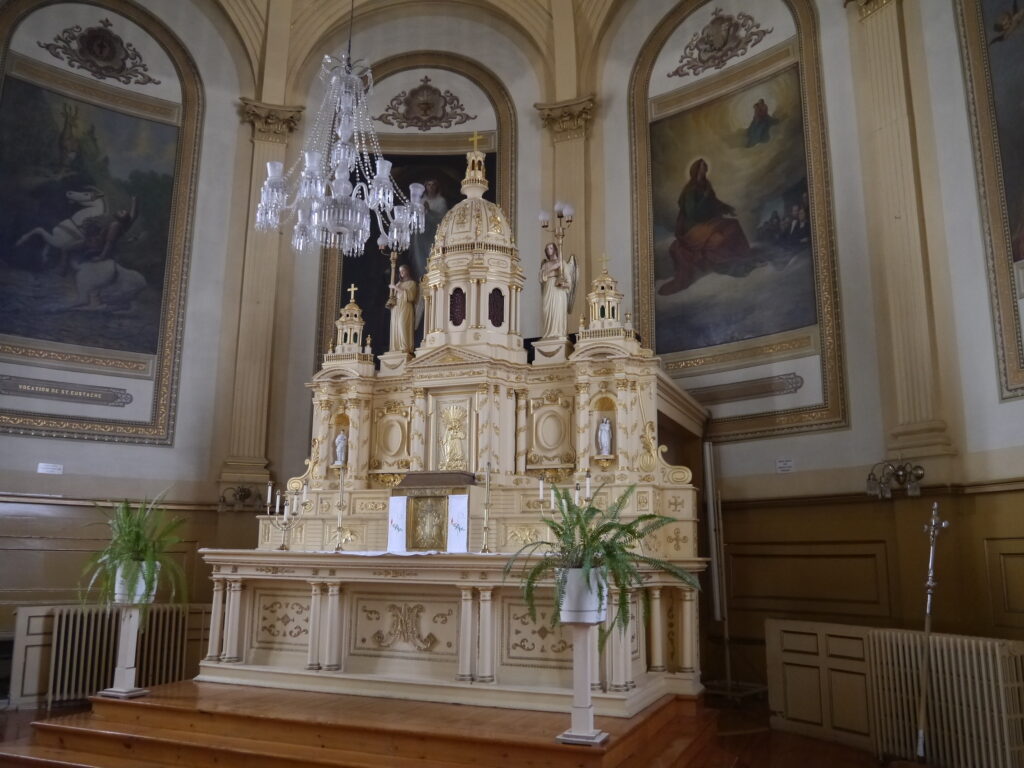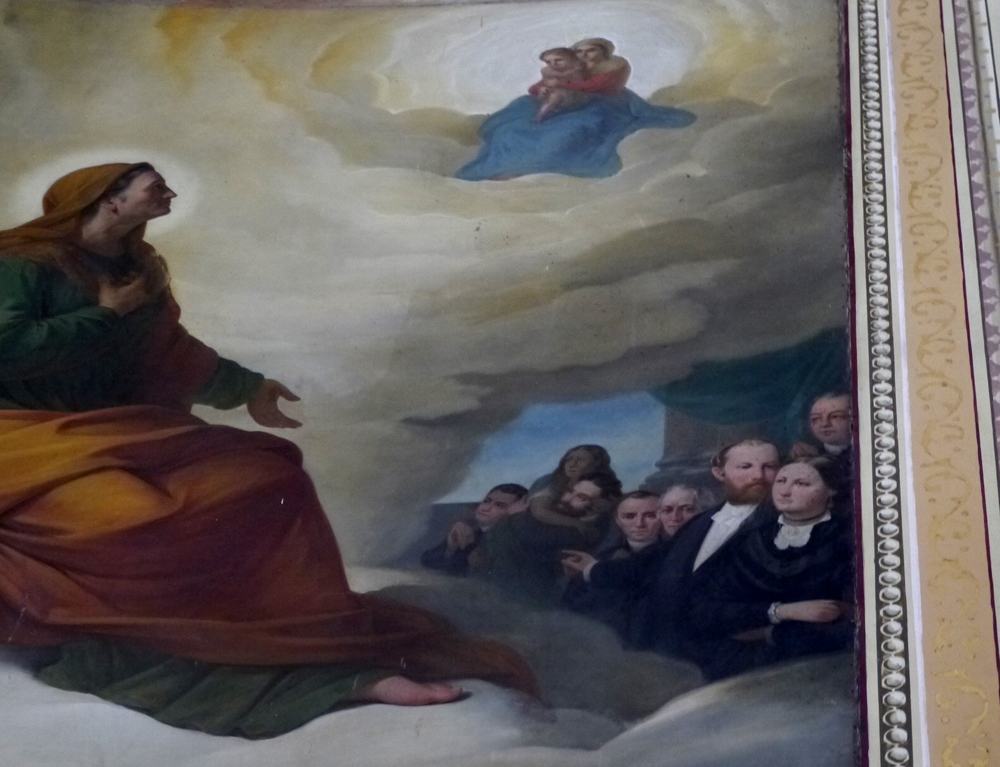The word tocher, of Scottish Gaelic origin, means dowry. Tochermagazine features old Scottish tales, songs and traditions. The tiny place named Tocher in Aberdeenshire consists of a few houses set among farmers’ fields. Uncommonly, Tocher is also a family name.
My Tocher family can be traced to Alexander Tocher, (c1733-c1798) of Grange parish, Banffshire, who married Jean Shepherd in nearby Cullen parish church, Banffshire on February 12, 1752.
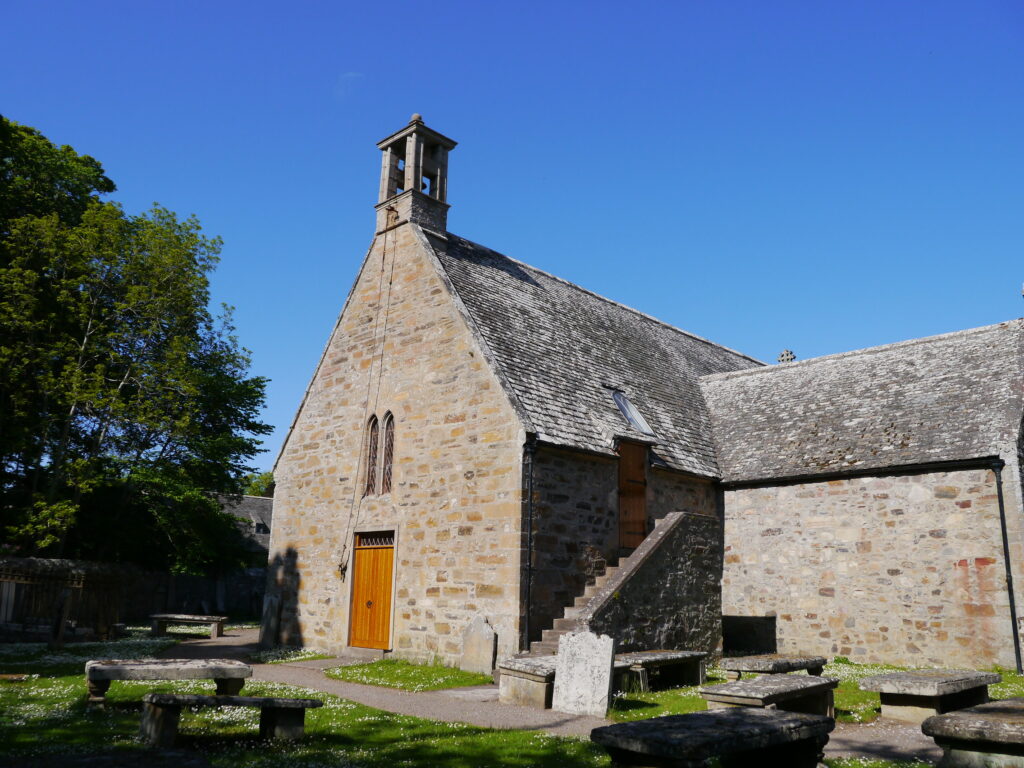
Family history notes passed down to me by a cousin said Alexander was a “Miln of Pathnic and Proprietor of Garmouth”. Miln is a Scottish word for miller, and there was a mill on the Burn of Paithnick. I have not yet confirmed whether Alexander owned property in Garmouth. The same source says Alexander died in May 1798, age 65, and Jean died in September of the same year.
The couple had two children: Alexander, baptized July 28, 1754 and Margaret, baptized September 21, 1756. When Alexander grew up he attended university in nearby Aberdeen. “Mr. Alexander Tocher, Banffiensis” is listed among the recipients of arts degrees from the University of Aberdeen and Kings College in 1779. He then found a position as a schoolmaster in MacDuff, a fishing town on the Banffshire coast, overlooking the Firth of Moray.
On November 17, 1798, Alex’r Tocher married Elizabeth Stephen at Gamrie parish church in MacDuff. He and Elizabeth had three daughters: Margaret (1799-c1870), who married MacDuff rope manufacturer Alexander Carney (or Carny) in 1821 and had 10 children; Elizabeth (1801-1885), who did not marry, and Jean (also known as Jane), my direct ancestor, born March 17, 1803.
Two years later, on June 19, 1805, Elizabeth died, leaving Alexander with a young family to raise. He remarried in 1808. He and his second wife, Ann Haslopp, had no children. In 1823, daughter Jane developed an interest in MacDuff school’s assistant schoolmaster, a young man named James Avon Smith. In fact, Jane became pregnant. She and James were married in Gamrie and Macduff parish on July 5, 1823, and she gave birth to son Alexander in October.
Jane died at age 35 on February 28, 1838, a month after giving birth for the ninth time. This baby, John Murray Smith, was my future great-grandfather. Jane is buried in Doune cemetery, MacDuff, along with two daughters who died very young, and with her father, who died February 10, 1844, aged 89 years. Ann Haslopp who died on January 3, 1850, aged 83, is also buried with them.
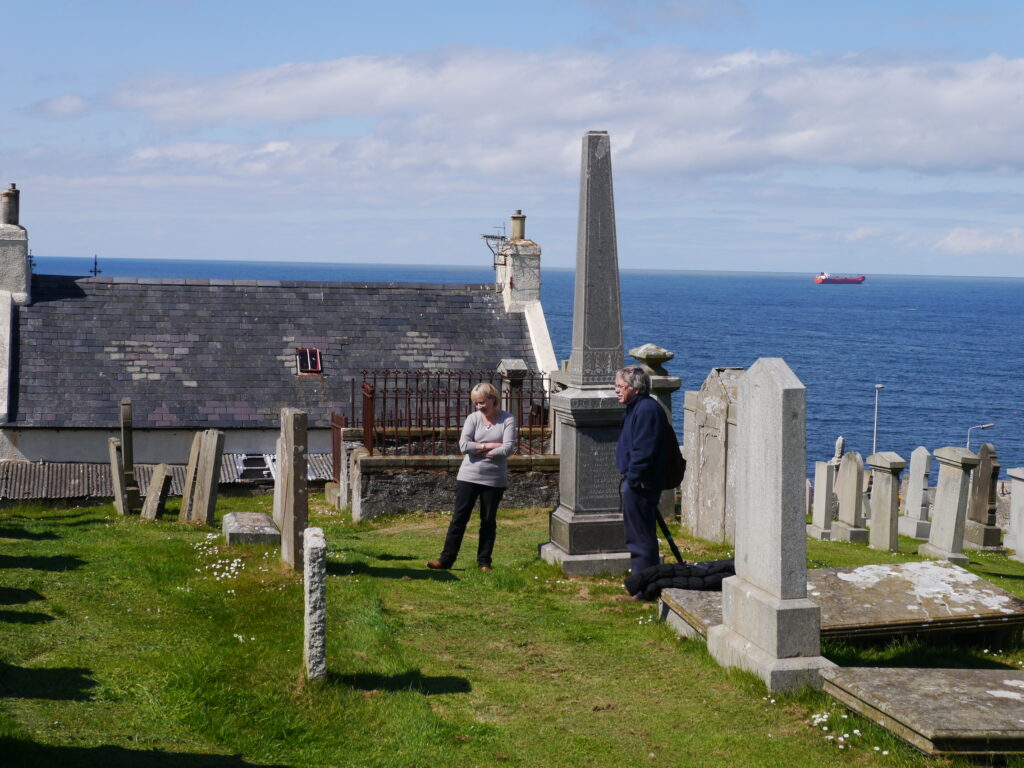
The inscription on the monument that marks their grave notes that Alexander Tocher was schoolmaster at MacDuff for 67 years. Maybe he had to continue working to support the family, or maybe he really loved his job, but after so many years in the classroom, he must have been set in his ways. Hopefully the community celebrated his long service with a big thank-you.
The 1841 census of Scotland found Alexander Tocher, schoolmaster, living on Duff Street in MacDuff with his wife Ann, unmarried daughter Elizabeth and teenaged grandson Alex Smith, while son-in-law James Avon Smith lived around the corner on Gellymill Street with the six other children.
By the mid-1840s, the Smith family had started the move to North America, with Jane’s unmarried sister Elizabeth Tocher accompanying them to help look after the children. “Aunt Tocher” died in Toronto in 1885, aged 84, and is buried in the Smith family plot in Toronto’s Necropolis Cemetery. With her passing, the name Tocher died out in my family.
Notes
See https://www.writinguptheancestors.ca/2014/04/james-avon-smith-of-macduff-banffshire.html for James Avon Smith’s story.
I used a website called www.freereg.org.uk to research the Tocher family. Similar to the volunteer-run www.freebmd.org.uk and www.freecen.org.uk, this site allows the researcher to quickly survey the old parish records. A search for Tocher baptisms in a ten-year period in Banffshire brought up all the baptisms of children with Tocher as the mother’s last name and all the babies with Tocher as the father’s name. Clicking on the number beside the entry brings up the names of the witnesses. Once I had identified the people I thought were my Tochers, I paid the Scotland’s People website to see the actual images of the parish records.
The website of the Scottish Genealogy Society has many useful resources, including links related to education. The page http://www.scotsgenealogy.com/Links/Education.aspx links to a book that lists officers and graduates of the University of Aberdeen, with Alexander Tocher’s name on page 254. https://archive.org/stream/officersgraduate00univuoft#page/254/mode/2up.
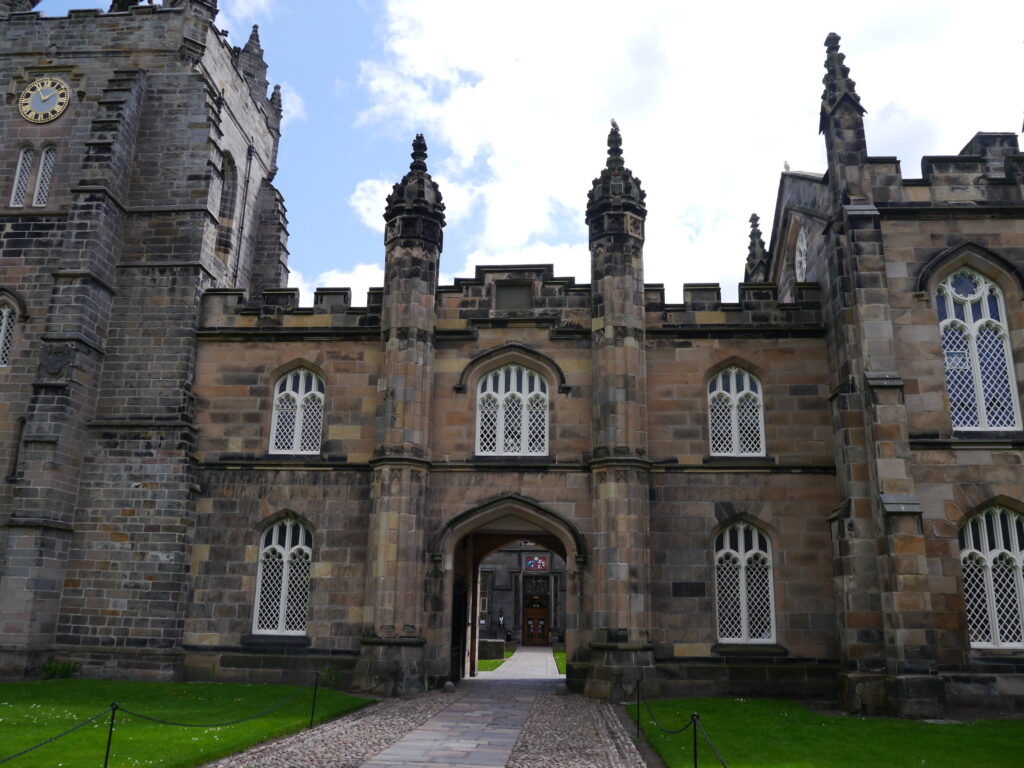
Places are as important as historic events when it comes to researching our ancestors’ lives, and Scotland has some excellent online resources for exploring them. See http://maps.nls.uk to check out the fascinating collection of old maps on the National Library of Scotland’s website, and www.rcahms.gov.uk to learn more about the old buildings with which our ancestors might have been familiar. The website of the Royal Commission on the Ancient and Historical Monuments of Scotland includes maps, photographs and descriptions of hundreds of structures around the country. A search for Paithnick on this site shows the location of the mill: http://canmoremapping.rcahms.gov.uk/index.php?action=do_advanced&idnumlink=194836
There has been a church at Cullen since the 13th century. See www.cullen-deskford-church.org.uk/cullen-auld-kirk-history.php.
The information about Elizabeth Tocher was given to me by the staff at the Necropolis cemetery in Toronto. There is no gravestone to mark the Smith plot.

